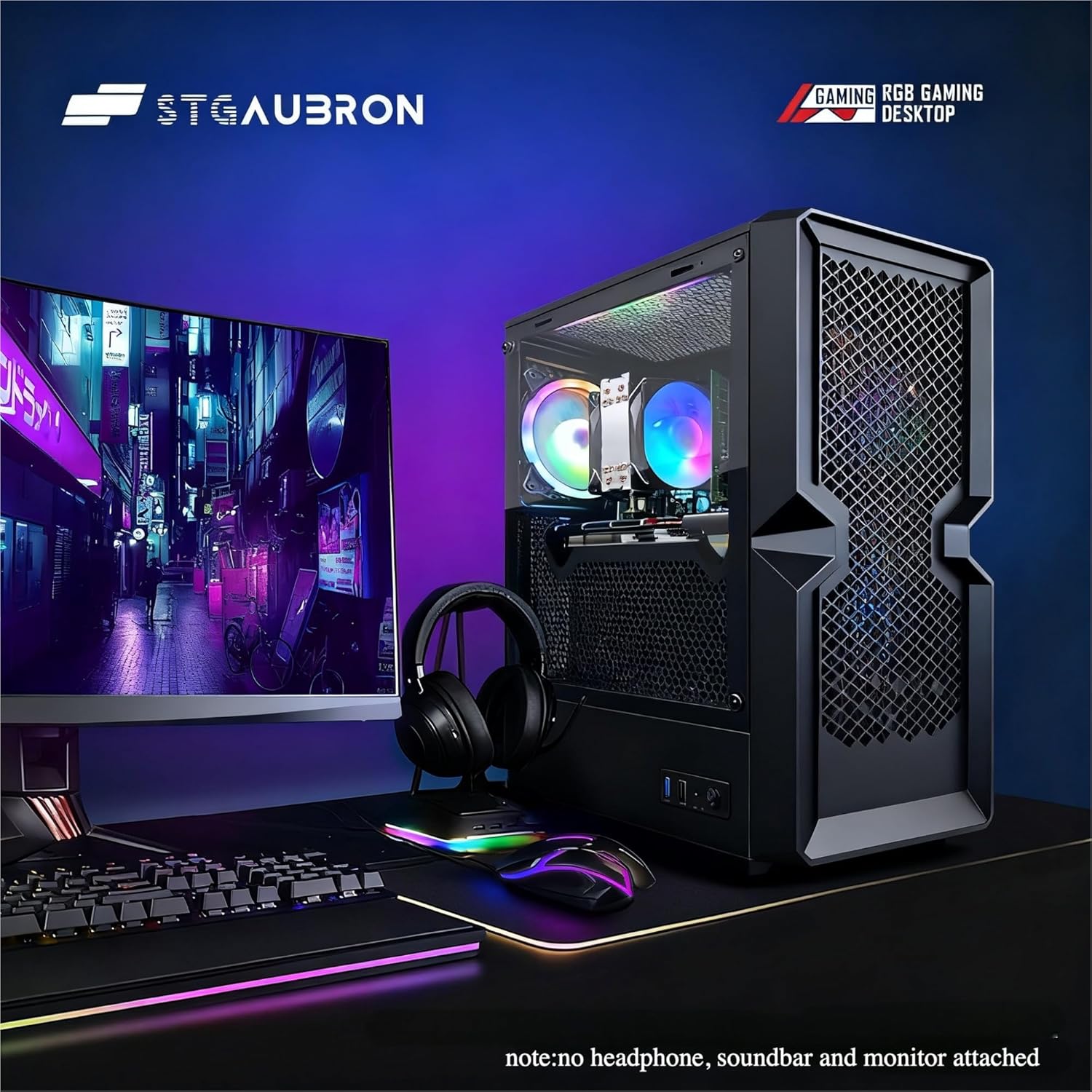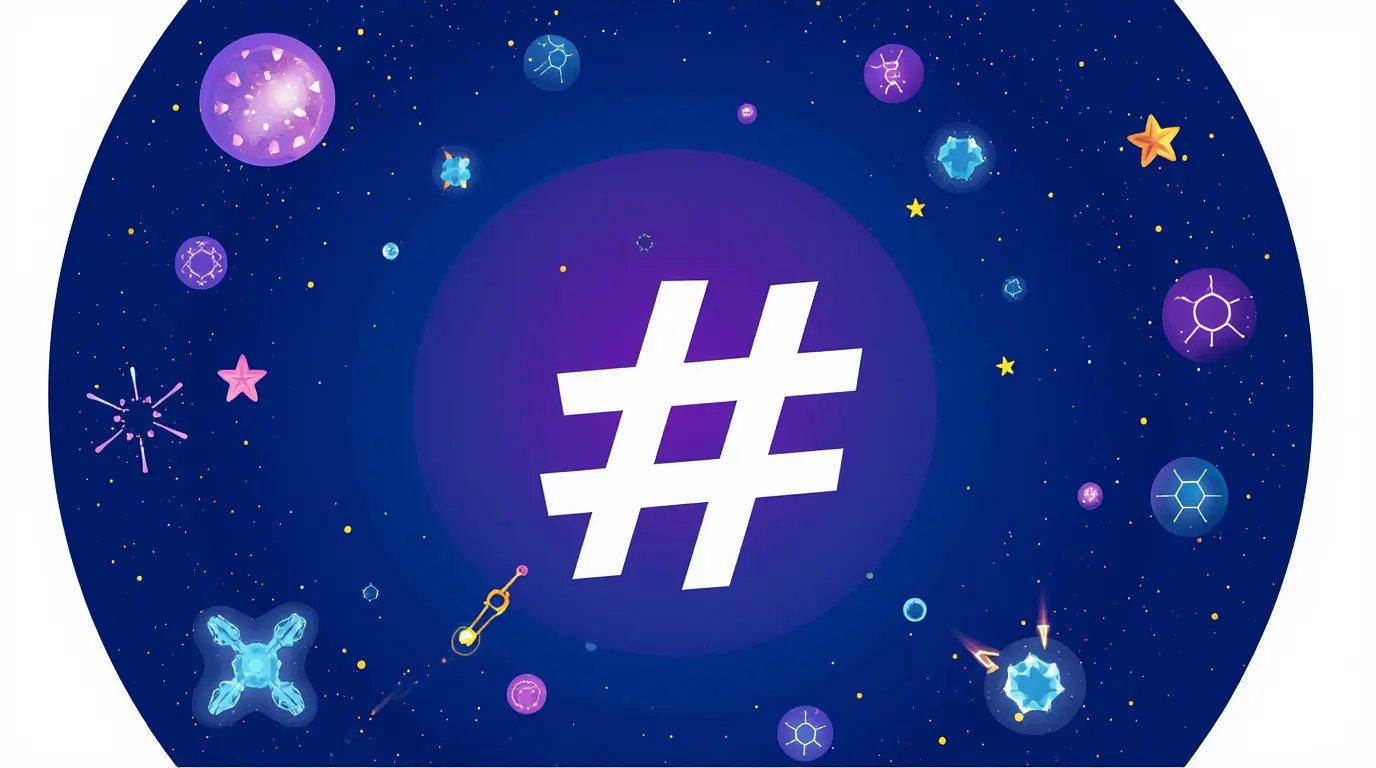When I started learning game development, I wasn’t thinking about clean code or elegant architecture. I just wanted a player to move and shoot things. It’s only after several failed prototypes and performance hiccups that I understood how crucial it is to pick the right tools. That’s when I discovered how powerful and practical C# is for building games.
C# is widely used in game development, especially with Unity, one of the most popular engines worldwide. Unity chose C# for a reason: it’s readable, structured, and scalable. Whether you’re crafting a 2D platformer, a strategy game, or an open-world first-person exploration adventure, C# will likely be at the center of your logic.
This guide is for developers, hobbyists, and creators who want to understand how to use C# effectively in games. I’ve broken it down by core areas that matter most when building your own title. These sections are based on what I’ve learned over the years while programming and traveling—from cramped airport lounges to quiet cafés in southern Spain.
Let’s begin with why C# is so often the top choice for game developers.
1. Why C# Is Ideal for Game Development
C# has been around for over two decades, but it was its deep connection with Unity that truly made it a game development mainstay. The language was designed with a clean syntax and logical structure. It’s flexible enough for writing quick gameplay prototypes but powerful enough to support commercial production games.
One of the biggest advantages of C# is that it’s easy to pick up, even if you’re new to coding. The syntax is readable. There’s no need to spend hours handling memory allocation or digging into compiler settings. You can focus on what matters—making your game work.
The tools that surround C# push it even further. Visual Studio is well-integrated into Unity, offering streamlined script loading, autocomplete suggestions, real-time error checking, and a powerful debugger. When you hit Play in Unity and immediately see your code come to life, it creates a feedback loop that keeps learning fun.
On top of that, the C# ecosystem for games is strong. With tutorials, forums, and communities backing it, you rarely get stuck alone. You can find answers quickly, ask questions, and understand good practices early on. For many indie developers, this is priceless.
If you want a deeper look into why C# stands out and how it compares to other options, I’ve written a full piece on why C# is ideal for game development. It explores both technical strengths and real-world usability from the perspective of someone building games alone or with a small team.
2. Getting Started With C# and Unity
To begin building games with C#, most developers choose Unity. Unity is a cross platform game engine that supports both 2D and 3D development, and its default scripting language is C#. The integration between C# and Unity is seamless—you write a script, attach it to a GameObject, and it behaves exactly as scripted when you press play.
Setting up your development environment is straightforward. Most people install Unity using Unity Hub, a small manager that lets you switch between engine versions, manage projects, and configure modules. During installation, you should also select Visual Studio as your code editor. It’s preconfigured to work tightly with Unity and provides auto-completion, built-in debugging, and syntax highlighting.
Once installed, starting a project is fast. Begin with one of Unity’s project templates—maybe 2D if you’re learning, since it’s easier to visualize. Write your first script and attach it to an object like a player or camera. Even a few simple lines in the Update function can generate movement, animations, or gameplay triggers.
Unity’s workspace is built for visual development. You can drag and drop components, adjust values in real time, and test edits immediately. That saves time early in the development process, and C# fits naturally into this workflow.
You don’t have to master everything at the start. Much of your learning will come from trial, error, and observing how code changes a scene. To make the transition easier, I broke down the full setup and scripting process in getting started with C# and the Unity engine.
3. Essential C# Programming Concepts for Game Devs
Once you’ve set up your Unity project and written your first movement script, the next step is to develop fluency in C#. Strong fundamentals will give you the confidence to build systems that are not only functional but also reusable and clean.
The foundation of most game logic is built on three pillars: variables, conditionals, and methods. Variables store data like health, position, or score. Conditionals let the game react—taking damage, unlocking doors, winning levels. Methods allow you to package behavior in reusable blocks. Together, these elements create every mechanic the player sees.
Looping structures are equally important. In a typical level, you might need to scan for nearby enemies or unlock multiple rewards. for, while, and foreach loops are powerful ways to handle these scenarios efficiently.
Unity-specific concepts also shape how C# works in games especially the Update and Start methods provided by MonoBehaviour. These automatically execute at key moments in gameplay, which means your C# scripts are often reactive. When the player presses a key, when an object enters a trigger, or when an animation begins, Unity tells your script what happened and when.
As your game grows, you’ll also start to see the role of classes and objects more clearly. Classes define behavior like a weapon system or damage counter while objects represent instances of those systems in the game world.
If you’re unfamiliar with these programming elements or want to refresh your knowledge, I’ve broken them down in more detail in essential C# programming concepts for game devs. Start there to sharpen the tools you’ll rely on throughout the development process.
4. How to Code Game Mechanics in C#
Game mechanics turn an idea into a playable system. These include character movement, shooting, health, enemy AI, and scoring. Writing these systems in C# means stitching together multiple parts of the Unity framework—from physics to input to animations—into one consistent experience.
A common place to begin is player movement. Using Unity’s Input system inside the C# Update loop, you can translate key presses into in game motion. Whether you’re building a first-person controller or a side-scroller jump, C# lets you combine logic with Unity’s built-in physics.
Combat mechanics often come next. A basic shooting system, for example, involves detecting input, spawning a projectile prefab, and assigning direction and speed. Health systems follow similar logic—receiving damage, reducing a health variable, then triggering conditions when that health reaches zero. Once written clearly in C#, these systems can be modified or reused later for both players and enemies.
Another essential mechanic is scoring. While it seems simple at first, C# enables you to design layered systems that add multipliers, bonuses, and real time UI updates, all while keeping things organized and readable.
Beyond core systems, good gameplay depends on tight feedback. Sound effects, visual responses, and timing all help players feel that their actions matter. While Unity handles visuals and audio, C# scripts decide when and how these responses should trigger, based on in-game variables.
Building systems this way also means they’re modular. Write it once, then attach the same script to multiple objects with different parameters. That scalability is one of the biggest advantages of using C# in Unity.
If you’re figuring out how to tie these parts together in practice, I’ve shared practical examples of how to code game mechanics in C#, including movement, combat, and game progression logic.
5. Optimize Game Performance With C# in Unity
A game that looks amazing but lags isn’t a complete experience. Many issues that frustrate players—slow frame rates, stuttering animations, or delays in response—happen not because of bad art or design but because the code is inefficient. C# gives you several ways to write performance-aware logic, and Unity provides the tools to monitor and fix weak spots.
The first step is handling Unity’s Update method carefully. Anything placed there runs every frame. Multiply that by dozens or hundreds of objects, and your logic can become a bottleneck. If a task doesn’t need to run constantly—like checking a timer or triggering a screen flash—move it to a coroutine or trigger it from an event.
Another common improvement area is memory usage. When you use Instantiate() and Destroy() repeatedly, the garbage collector kicks in constantly, freezing your game momentarily. For frequently used objects like bullets or enemies, object pooling lets you reuse game instances instead of creating and destroying them over and over.
C# scripting also affects draw calls and physics calculations. Using GetComponent() too often in real time or letting inactive objects keep scripts running in Update can cost you resources you don’t realize you’re burning. Over time, you learn to cache results, minimize real-time lookups, and selectively enable scripts only when needed.
Unity offers a built-in Profiler tool that tracks CPU usage, memory allocation, rendering, and spikes caused by scripts. It’s often the fastest way to find slow logic or memory leaks. Combine it with targeted script reviews, and you can clean your code without compromising features.
Performance isn’t about clever hacks—it’s about writing smarter code based on how everything works under the hood. If you’re ready to take that deeper step toward smoother gameplay, the guide on optimizing game performance with C# in Unity is based on real project adjustments that improved stability instantly.
6. Modding and Extending Games Using C#
As a game grows, players often want more new worlds, additional items, rule changes. Supporting mods or custom content can extend a game’s lifespan well beyond its launch. With C#, you can design your systems to be both modular and open, allowing others to shape the experience without altering your core code.
The most important step is planning for separation. Instead of hardcoding levels, weapons, or enemies, load them from external files. JSON is a format often used for this because it’s simple and human-readable. You can create a weapons.json file that defines attributes like damage and reload time, then read it into your game at runtime using C#’s built-in tools.
Prefab loading is another way to enable custom content. Unity allows creators to build and package prefabs—game objects with behavior and visuals then place them in specified folders. Your C# script checks for these files during setup and loads them dynamically. This creates a pipeline where new enemies or interactive items can appear in-game without touching your original source code.
For advanced modding, you might expose parts of your system through a public API. By using delegates or UnityEvents, modders can react to in game events like player damage or level completion. This kind of architecture requires extra planning, but it leads to more powerful and flexible extensions.
Supporting modding also means guiding users. Create folders for mod files, define naming conventions, and include sample files. The more structured your system is, the easier it becomes for others to build creative content that doesn’t crash the game.
There’s also the option to include a toggle for mods in your game’s settings. That way, if something goes wrong, players can disable mods and find stability again.
Opening your game to outside contribution is one of the most rewarding aspects of using Unity and C#. To learn more about practical strategies and real examples, the wider guide on modding and extending games using C# breaks this down step by step.
Conclusion
Using C# for game development gives you a strong balance between control and simplicity. With Unity as the foundation, C# becomes not just a programming language but a creative tool. Whether you’re designing mechanics, refining performance, or building support for community-made content, C# scales with you.
The journey doesn’t require expert knowledge from the start. What matters most is learning how to structure your ideas in code and how to connect systems together clearly. Over time, you’ll see that many techniques—like loading data, responding to events, or managing performance—can be reused and improved across projects.
Each part of the development process builds on the others. You start by writing logic that moves and reacts, then refine those systems to handle more complexity. Eventually, your game can support other contributors, evolve after launch, and feel alive for much longer.
If you’re looking to make the most immediate progress in how your game feels and responds, try applying the lessons shared in how to code game mechanics in C#. Getting your gameplay systems right is what brings players back—and makes your project feel real.
With each improvement, you’re not just learning to write better scripts. You’re building complete, playable experiences one line of C# at a time.

Results
Razer BlackShark V3 X HyperSpeed Wireless Gaming Headset for PS5: 50mm Drivers - Cardioid Mic - 2.4 GHz, Bluetooth - Works with PC, Mac, Nintendo Switch, Smartphone - Long Battery Life - Black

STGAubron Gaming PC Desktop
STGAubron Gaming PC Desktop Computer, Intel Core i5 up to 3.6G, Radeon RX 590 8G, 16GB RAM, 1TB SSD, 600M WiFi, BT 5.0, RGB Fan x3, Windows 11 Home
Articles
- Unity Game Development A Complete Guide for Beginners and Professionals
- Mastering Projects Game: Your Complete Guide to Project Ascension End Game Gear
- Streaming vs 8K Gaming: How to Balance Your Setup
- Visual Studio: The Ultimate Guide for Developers
- How to Make 5 DIY Coding Games for Kids That Spark Creativity

